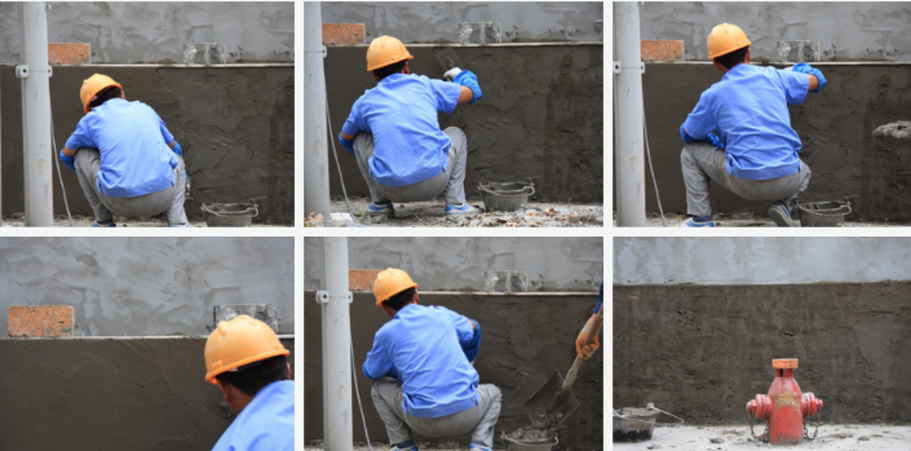Economic classicism begins with an "aesthetic" judgment. My interests in ubiquitous "blue shirts" first came from employment experiences at a public art gallery. The staff "workers" wore the ubiquitous blue, often long sleeved, shirts. I am not sure if that is synonymous with being "blue collar" and my interest was to disguise myself with one on, on certain days and not on others. It began with me working as a studio technician in the education department of a public museum. On certain days, I'd wear the blue worker's shirt (that all the technicians wore). They talked to me regularly, when I had my shorts on. When I dressed in my regular clothes (studio technician) they ignored me, almost peripheralizing me. In sharp contrast, "white collar" workers from the curatorial or administration would ignore me (no eye contact) when I had my blue shirt on, but on the off-days, with my regular choice of clothes on, they would love to talk to me about "art and my work".
The first work done in 1992 inspired me to follow labourers in blue shirts and most often, yellow construction helmets. In 1992 I said " I want to be a blue collar art maker with a white collar academic".
Blue Collars, series of 10, digital print on photo paper, 2016
In Play, photo installation, digital photos on aluminium, each 28"x36"


